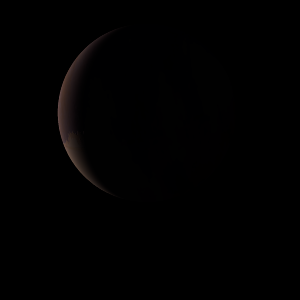|
|
Space Astro
|
Info for exoplanet "Lassa Siar"
| Scientific (actual) data |
|---|
| Name | Kepler-639 b |
| Planet status | Confirmed |
| Radius | 0.212 |
| Orbital period | 10.2142 |
| Discovered | 2016 |
| Updated | 2021-02-05 |
| Tconj | 2455000 |
| Publication | Announced on a website |
| Detection type | Primary Transit |
| Alternate names | 2MASS J19284485+4143373 b, K00662.01, KIC 6365156 b, KOI-662 b, KOI-662.01, WISE J192844.84+414337.1 b |
| Star name | Kepler-639 |
| Right ascension | 292.19° |
| Declination | 41.73° |
| Mag j | 12.212 |
| Mag h | 11.948 |
| Mag k | 11.89 |
| Star distance | 680 |
| Star metallicity | 0.23 |
| Star mass | 1.14 |
| Star radius | 1.29 |
| Star age | 4.37 |
| Star temperature | 5896 |
| Star alternate names | 2MASS J19284485+4143373, KIC 6365156, KOI-662, WISE J192844.84+414337.1 |
| Wikipedia article | Kepler-639 b |
Back
| |
| Fictional info (?) |
|---|
| Suggested name | Lassa Siar |
| Planet type | Cold planet |
| The volume of water detected has been estimated to be equivalent to the volume of water in Earth's oceans.
The largest moon is full of odd but stone-age insects called the "Meanony'ca". They spend their life in the forest by consuming plants if the weather permits it. They are believed to be similar to the Chalda-sto but with scales and vary in length from 80 to 140 cm. Most Meanony'ca are known to survive temperatures from -30 to 20°C and to some degree very low gravity. |
| Estimated population | 0.5 |
| Atmosphere | Methane | 64% |
| Water | 33% |
| Oxygen | 2.6% |
| Carbon dioxide | 0.00083% |
| Atmospheric pressure | 0.11 bar |
 |
| Moon | Halineso Bos | Very small almost round oceanic asteroid |
| Google search for Lassa siar |
|
Website by Joachim Michaelis
|
|
|
|